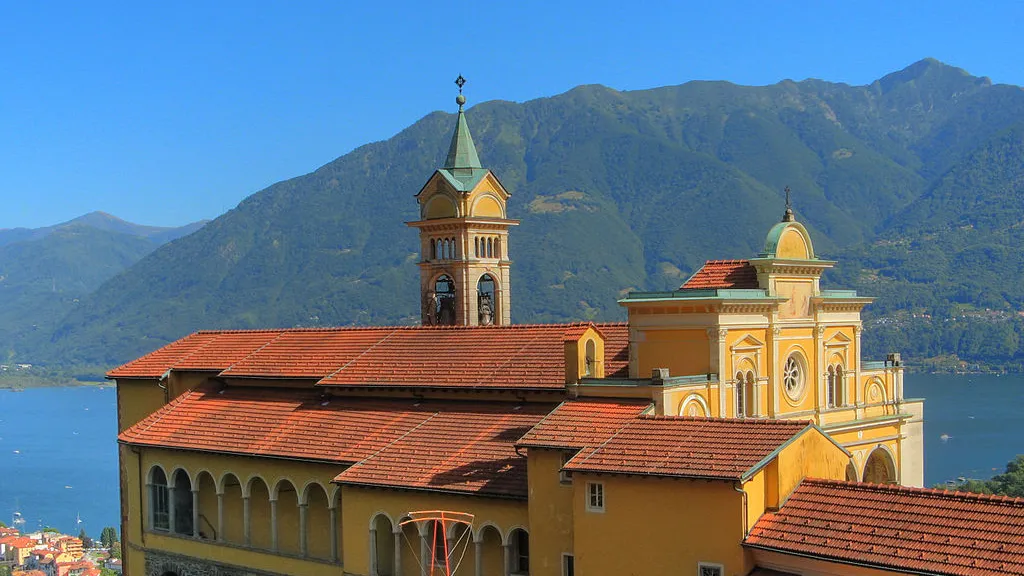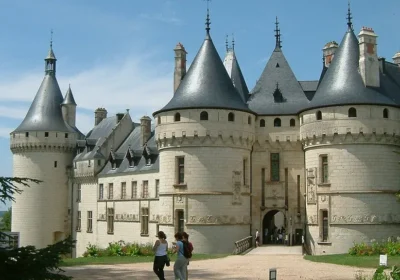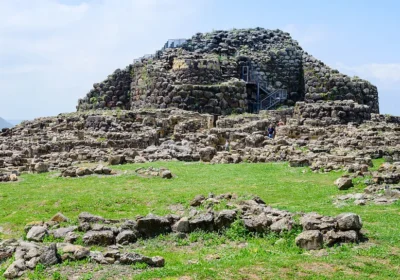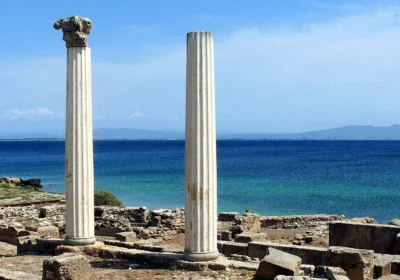Locarno (Italian. Locarno, 200 m. above sea level, ca. 15,000 inhabitants, together with the suburbs about 38,000 inhabitants).
Locarno is located in the Italian-speaking canton Ticino on the northern shore of Lake Lago Maggiore. It is the second largest settlement in the canton of Ticino after Lugano.
The European summit meeting and the signing of the so-called “Locarno Peace Treaty” in 1925 played a major role in raising Locarno’s status as a world-famous resort, which made Locarno famous as a “city of peace”. Shortly after the end of World War II, Locarno experienced a new upswing in development and became even more attractive.
Known for its colourful festivals, the city is considered one of the sunniest places in the region. The blossoming gardens, vineyards, magnolias and camellias that adorn the town bring a vibrant palette of colours to the eye as early as early March. The town has preserved its historic centre, its old quarters with narrow streets and monuments of the past centuries.
The most popular place in the city is the famous Piazza Grande, where it is customary to sit at a small table and watch passers-by, while listening to the violin of a street musician, drinking a cup of strong coffee or a glass of white wine for hours.Every year, at the beginning of August, thousands of spectators occupy chairs set up on the paving stones to watch films from the International Film Festival, transforming Piazza Grande into “the most beautiful cinema in the world”. First place films receive a gold leopard, silver leopard, and the best actor and actress receive a bronze leopard. In addition to the open-air festival, the square also hosts concerts featuring pop, punk and rock stars. These concerts attract a lot of young people to the resort.
MADONNA DEL SASSO
Madonna del Sasso (Italian: Madonna del Sasso) is a beautiful church and monastery, built in the 16th century, located on a high cliff, which is still climbed by many pilgrims who have travelled a long way to visit this shrine. It is also famous for its frescoes by the Italian painter and architect Bramantino.
Castello Visconti (Italian: Castello Visconti) – dating back to 998 AD, rebuilt in the 15th century, after a confederate attack in 1513. There is a small archaeological museum where you can look at finds from the Bronze Age and Roman period.
Church of San Francesco (Italian Chiesa di San Francesco) – built in the 13th century, The interior (after repeated rebuilding) has Baroque decorations.
Chiesa di Sant’Antonio (Italian Chiesa di Sant’Antonio) – built in the 14th century. Since 1987 it has been home to the Gallery of Modern Art, which holds regular exhibitions of works by contemporary artists.

















